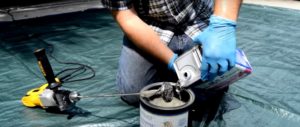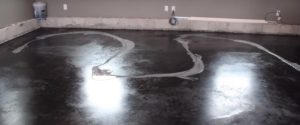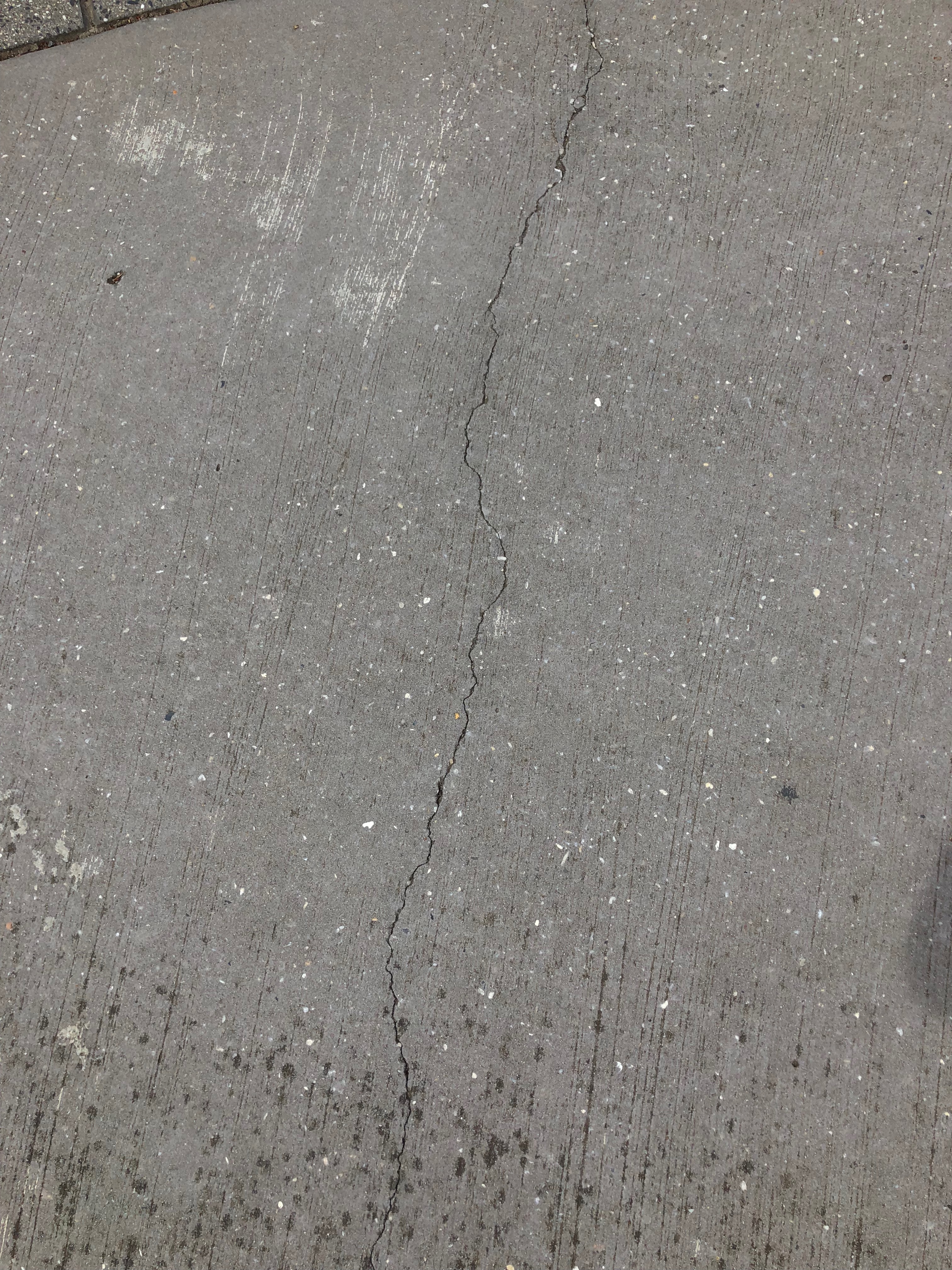Why Do Epoxy Floors Crack Sometimes?
There are many times when a very durable floor is necessary for an industrial facility. That is why a number of businesses have turned to using it, as it helps to cover a lot of the issues that may not otherwise be covered with a standard floor solution. Not only is it an extremely durable floor that can stand up over time, it is also resistant to a lot of the problems that you may experience in an industrial facility, including chemical spills as well as stains.

There are many benefits to using this flooring, including the resistance, durability, affordability and protection that it provides. In fact, this is not only a choice that is used in many industrial facilities, it can even make a very beautiful flooring option for the home as well. That being said, there may be times when you experience cracks in epoxy flooring. This can be a very frustrating situation, as those cracks may show up and you either are not sure why or you are unsure what to do in order to correct the problem.
Although there may be a number of issues involved in cracks forming in epoxy floors, one of the more common issues is due to shrinkage. Concrete may appear to be a static floor but as it continues to cure over time, the volume and mass of the slab is going to reduce and the evaporation of the water content will cause the slab to shrink. This shrinkage can lead to cracks in the epoxy coating as well as in the underlying concrete.

In most cases, shrinkage cracks are going to be jagged looking and may appear as a three-point pattern. You may also experience parallel cracks when the surface is fresh or something that is known as “map cracking” that can form a type of spiderweb pattern but does not typically have a lot of depth.
Another issue that can lead to cracking is settlement, which typically appears as if one side of the crack is lower than the other side. These types of cracks are also, at times, referred to as moving cracks and they can run the entire length of the slab.
It is possible to use an epoxy coating to fill the crack but more than likely, the crack will reappear in the future. It is usually a better idea for some volume to be completely removed from the floor and a fresh surface to be put down.

